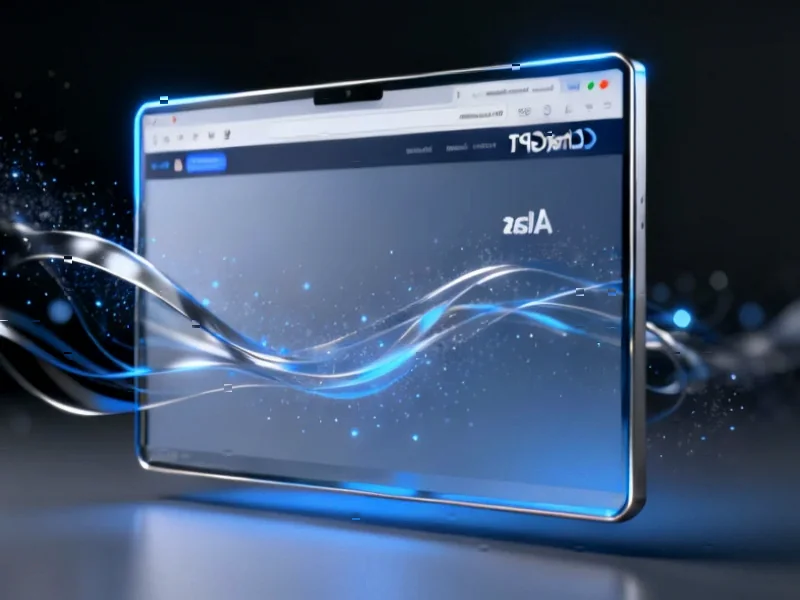According to CRN, Cisco’s new channel chief Tim Coogan revealed at Partner Summit 2025 that AI is moving faster than current infrastructures can support, with Cisco expecting AI to form the majority of its partners’ business within 3-5 years. The company announced Cisco Unified Edge, a modular platform integrating compute, networking, storage and security that’s orderable now and shipping in December 2024. Cisco IQ, a new AI-powered digital interface for support and professional services, will be available in the second half of fiscal 2026 starting February 2025. Security Cloud Control for MSPs with multi-customer management capabilities is expected in February 2025, while the Global Overview feature for unified Meraki and Catalyst visibility enters beta now with general availability in Q4 2025. New 8000 series routers and Wi-Fi 7 access points will be orderable in Q4 2025, completing a comprehensive AI and infrastructure refresh aimed at solution providers.
The AI Infrastructure Push
Here’s the thing: Cisco isn’t just adding AI features—they’re betting the entire partner ecosystem will need to rebuild infrastructure from the ground up. The Unified Edge platform is particularly telling. It’s not just another server, but a complete rethinking of where AI workloads actually happen. Most AI inferencing occurs at the edge where data is generated, not in centralized data centers. So Cisco’s essentially saying “your current network can’t handle what’s coming.”
And they’re probably right. The modular, cloud-managed approach means partners can scale AI deployments without rebuilding everything each time. But here’s the real play: by integrating with Nutanix, VMware, and Microsoft from day one, they’re making sure this becomes the default platform rather than just another Cisco proprietary solution. That’s smart—it removes the friction that usually kills these big platform plays.
MSPs Get Their Due
Security Cloud Control for MSPs feels like Cisco finally acknowledging that managed service providers have different needs than enterprise IT teams. Multi-customer management isn’t just a nice-to-have—it’s the entire business model for MSPs. Before this, partners were probably juggling multiple instances or using workarounds that added complexity and cost.
The timing here is interesting though. Why did it take this long? Hybrid mesh firewalls are becoming table stakes for security, and MSPs need to bundle multiple tools to stay competitive. This feels like Cisco playing catch-up in a market where specialists have been eating their lunch. Still, better late than never if the execution is solid.
The Meraki-Catalyst Marriage Finally Delivers
Remember when Cisco promised unified Meraki and Catalyst management back in 2022? Well, Global Overview appears to be the payoff. Having a single dashboard for everything—regardless of where it’s deployed—could actually be game-changing for partners managing complex hybrid environments.
But here’s my question: will it work as seamlessly as promised? Cisco’s historically struggled with making different product lines play nicely together. The fact that they’re already showing AI Assistant automating workflows across Meraki, Catalyst Center, and even Nexus suggests they might have finally cracked the code. If this delivers, it could significantly reduce the operational overhead that makes managed networking services so expensive to deliver.
Wi-Fi 7 and The AI-Ready Network
The new routers and Wi-Fi 7 access points aren’t just incremental upgrades—they’re specifically positioned for AI workloads. That means low latency and high throughput aren’t just for better video streaming anymore. They’re for keeping AI applications responsive when seconds matter.
What’s clever here is pairing the hardware with new assurance capabilities like Roaming Health and ThousandEyes testing. It’s not enough to have fast wireless—partners need to prove it’s working optimally and troubleshoot quickly when it’s not. This complete package approach shows Cisco understands that in the AI era, performance isn’t optional—it’s the entire value proposition.




